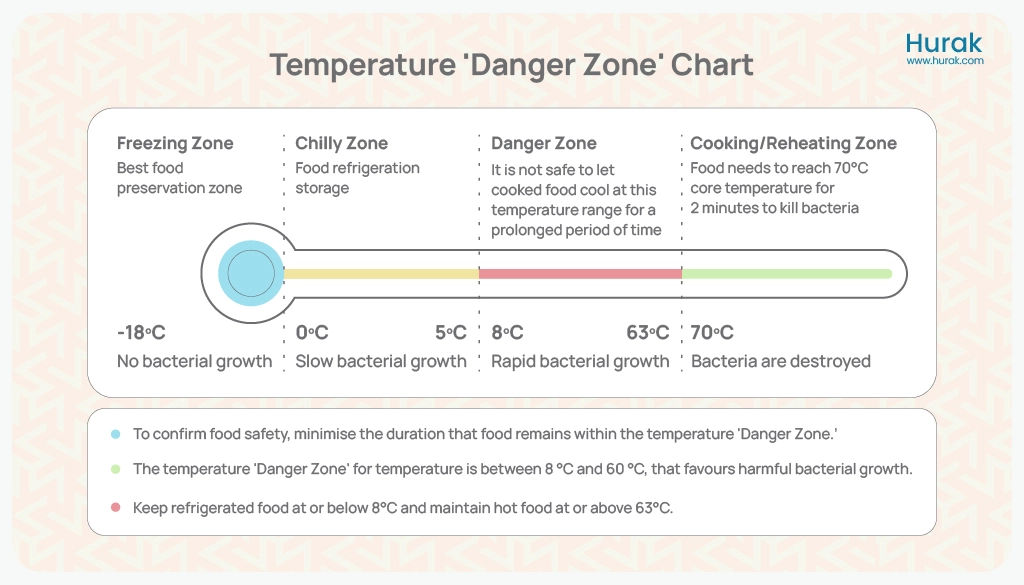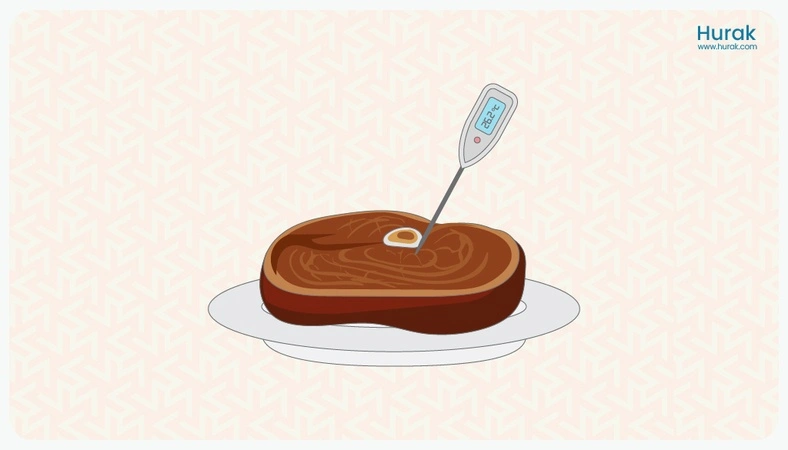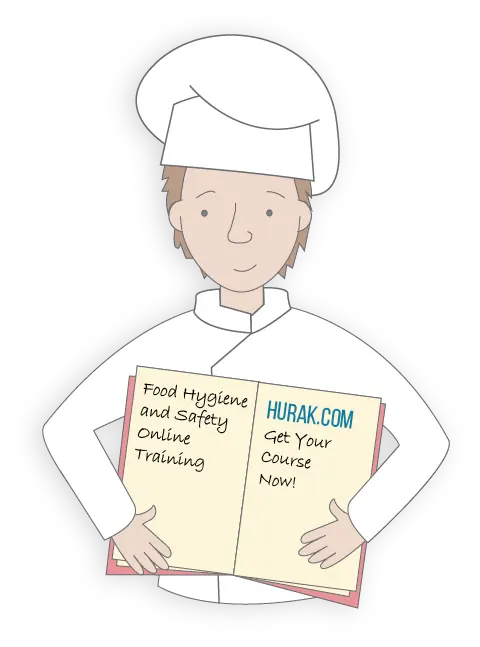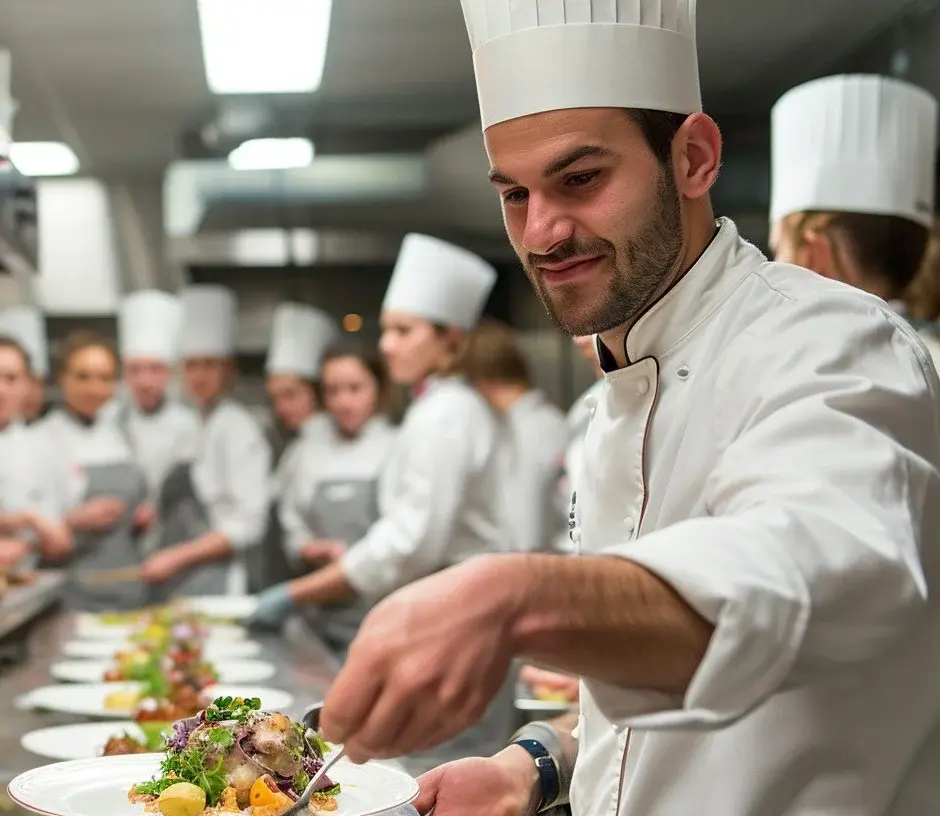The quality of food depends on its proper storage and handling at the right temperature. If food is kept in the “Danger Zone” for too long, microbial growth can lead to sickness.
What is the Temperature “Danger Zone” for Food?
The temperature danger zone is the range of temperature between 40 °F and 140 °F (8 °C and 60 °C) that can increase the spread of food bacteria, making it unfit for human consumption.
Food exposed for more than 20 minutes to the “Danger Zone” temperature range can cause food poisoning and other food borne illnesses.

Best Way to Keep Food out of the Temperature “Danger Zone”
Keeping food safe at appropriate temperatures is the best way to keep food out of the danger zone temperature range.
Food Safety Temperatures
Reheating: 74°C or 165°F (Microwaves and Stove tops)
The safe reheating temperature for home-cooked meals and leftover takeaways is 74 °C or 165°F, for at least 2 minutes in microwaves and stove tops. For oven baking, reheating at higher temperatures for approximately 15 minutes is recommended. This confirms that bacteria does not multiply in the danger zone temperature range between 40 °F and 140 °F (8 °C and 60 °C). At the safe reheating temperature, bacteria is destroyed and food becomes safe to eat.
Safe Reheating Equipment
Food can be properly reheated at the ideal temperature on stovetops, microwave and ovens. It is important to note that slow heating devices are not recommended for reheating leftovers. This is because food can remain over exposed to temperatures in the “Danger Zone,” between 40 °F and 140 °F that can increase the growth of food bacteria and lead to food poisoning.
Defrosting: 0 °C – 4°C
It is preferable to completely defrost frozen food before reheating. Place food from the freezer to the fridge, kept at a temperature range of 0°C – 4°C. Food must never be defrosted at room temperature or in a microwave. This correct defrosting method prevents microbial activity and food poisoning.
Cold Fridge Storage: Below 5 °C
Food requires storage below 5 °C at which spoilage of food due to bacterial growth is minimised. Therefore, food must be refrigerated and kept frozen at appropriate temperatures.
Use a Probe Thermometer to Check Food Temperature
To check whether food is stored or handled at suitable temperatures, use a metal stem probe thermometer. The probe must be placed in the middle of the dish or in the thickest part of the meat, without touching the base. The reading on the thermometer will indicate whether the food has undergone any contamination or spoilage due to bacterial growth in the danger zone temperature range.

Practise the FIFO Storage System
The ‘First-In First-Out’ food stock rotation is another important method of food storage. The FIFO system continuously rotates and replaces food items in the warehouse or selling outlets. Food that goes in first comes out first. This prevents unnecessary exposure to inappropriate storage conditions including the temperature ‘Danger Zone.’
Food Safety Importance for the “Danger Zone” Temperature
Danger Zone temperature is of great importance in the food industry business who have a legal responsibility to serve food. Food should be stored and handled under safe and hygienic conditions, outside of this temperature range.
Microbiological contamination of food at the danger zone temperature range may occur invisibly without showing signs of food contamination. Recording the temperature at which food has been kept is important for detecting pathogenic activity.
The “Danger Zone” Temperature is a food related hazard that should be proactively indicated and controlled, as suggested by the HACCP of contamination control.
Get Online Food Safety Courses
Food Hygiene And Safety
Check the CourseRated Excellent
on major review sites

Risks of Eating Food Stored at the “Danger Zone” Temperature
Bacterial multiplication is fastest between 40 °F and 140 °F “Danger Zone” temperature range. Food kept in the temperature “Danger Zone” can serve as a breeding ground for microbes and pathogenic diseases.
Common food bacteria active at the “Danger Zone” Temperature include:
- Salmonella
- Listeria
- E. coli
People eating food stored or handled at the danger zone temperature can experience symptoms of food poisoning such as:
- severe stomach pain
- bloody diarrhoea
- vomiting
- mild fever
Conclusion
Food bacteria grow twice as fast in the danger zone temperature range, between 40 °F and 140 °F or 8 °C and 60 °C. This makes it unfit for human consumption. Exposure of food to the “Danger Zone” temperature range for more than 20 minutes can cause food poisoning and other foodborne illnesses. Certain ways to inhibit temperature-related complications in food include reheating and defrosting at appropriate temperatures. Monitoring the temperatures of cooked and reheated food is another way to keep food safe from the “Danger Zone” temperature.




